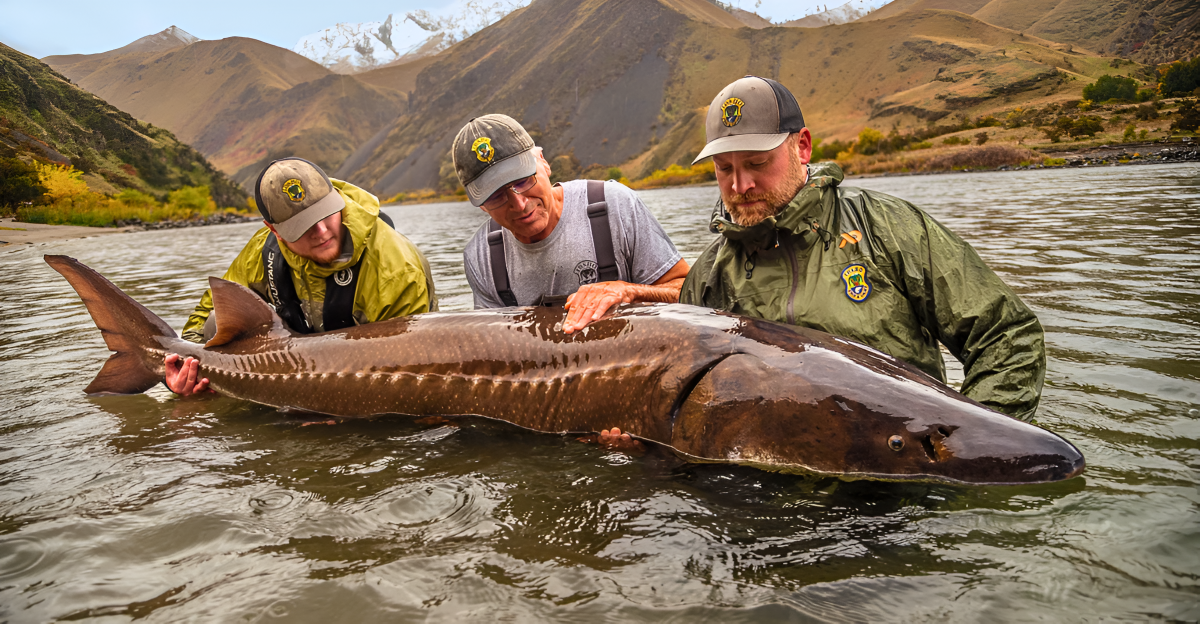
Over the years, many U.S. lakes that were once renowned for their rich fish populations have significantly declined. From the Great Lakes to smaller, regional bodies of water, fish species that once thrived in these ecosystems are now struggling to survive. This decline is attributed to various environmental factors, including pollution, invasive species, climate change, and overfishing. Historically, lakes like Lake Michigan, Lake Erie, and Lake Ontario hosted abundant fish populations, providing a thriving industry for local communities and recreational opportunities. However, recent reports show a steady decrease in fish populations due to nutrient pollution, which leads to algal blooms, oxygen depletion, and habitat destruction.
Additionally, the introduction of non-native species, such as zebra mussels and invasive carp, has displaced native fish, further disrupting the delicate balance of these ecosystems. Rising water temperatures due to climate change also alter fish migration patterns and breeding cycles, compounding the problem. In light of these challenges, conservation efforts are more crucial than ever, as stakeholders from government agencies to local communities strive to find solutions to restore the health of these vital ecosystems.
The Great Lakes: A Battleground for Conservation
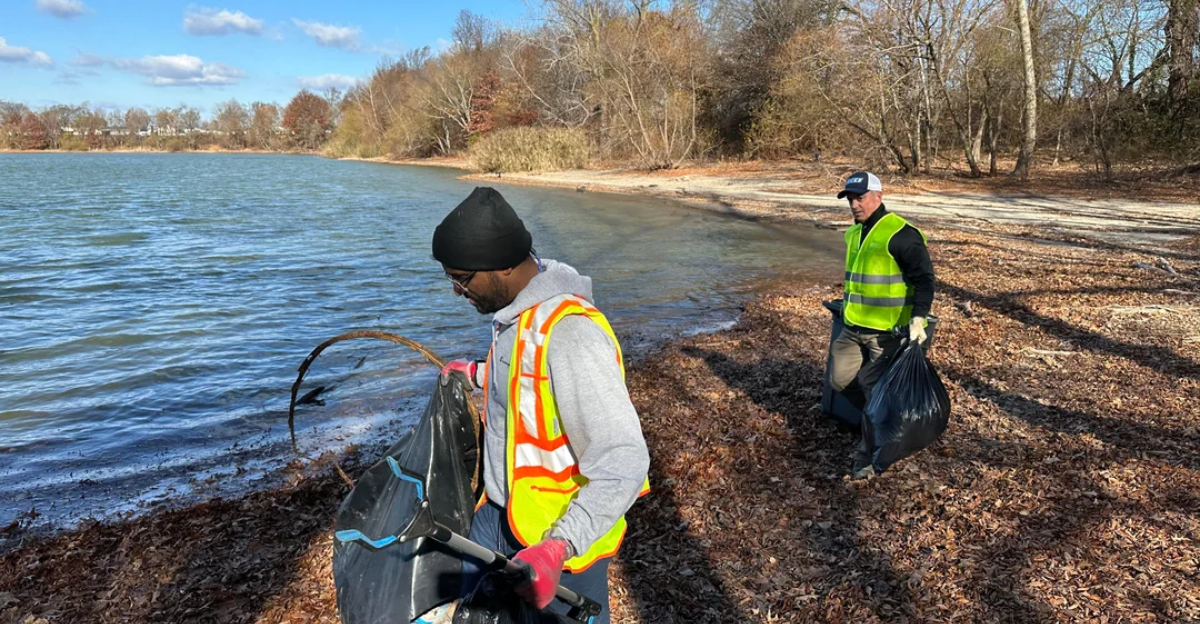
Historically teeming with fish like lake trout, whitefish, and perch, the Great Lakes have faced significant declines in fish populations. Introducing invasive species, such as sea lampreys and zebra mussels, has disrupted local ecosystems. Furthermore, chemical pollutants like PCBs and pesticides have contaminated water and sediments, affecting fish health.
The U.S. Environmental Protection Agency (EPA) has launched extensive cleanup and restoration programs to reverse the damage, yet the challenges remain. Overfishing continues to be a concern despite stricter regulations. Programs focused on restoring fish habitats and controlling invasive species are helping, but the future of these lakes remains uncertain.
Algal Blooms and Oxygen Depletion: The Silent Killers
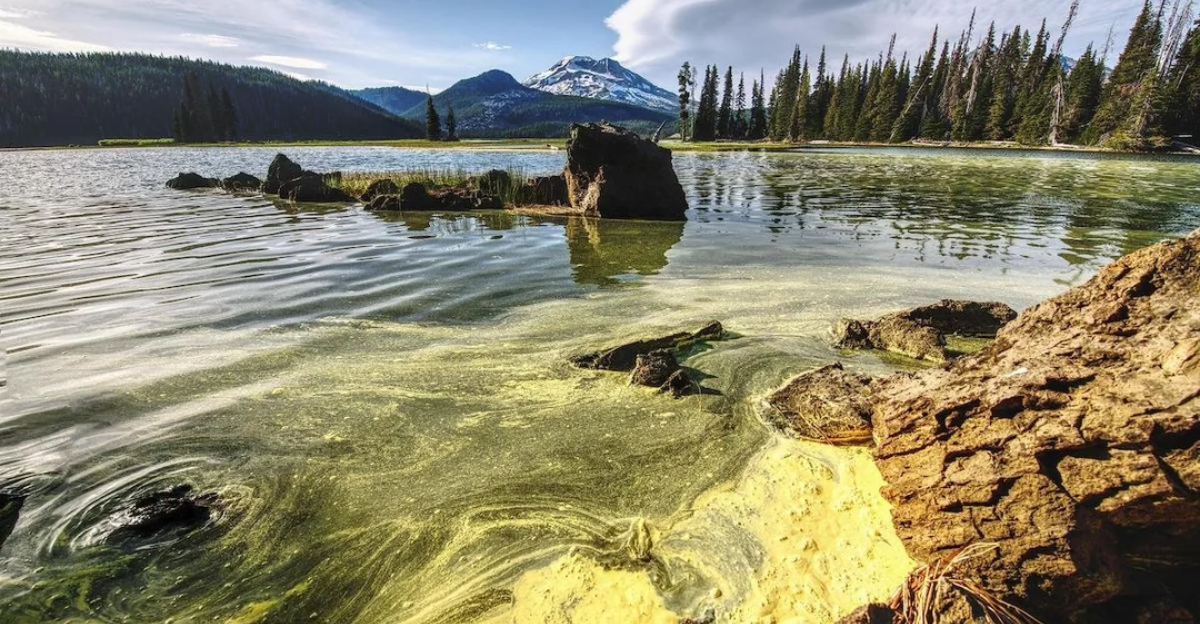
Algal blooms, often triggered by nutrient pollution from agricultural runoff, have become a significant issue for lakes across the U.S. These blooms deplete oxygen in the water, creating dead zones where fish cannot survive. In lakes like Lake Erie, where nutrients from fertilizers and sewage runoff accumulate, fish populations have been severely impacted.
The EPA has been working on improving water quality standards, but the problem persists. Over time, these dead zones spread, making it increasingly difficult for native species to thrive, further destabilizing ecosystems.
Invasive Species: A Growing Threat to Fish Populations
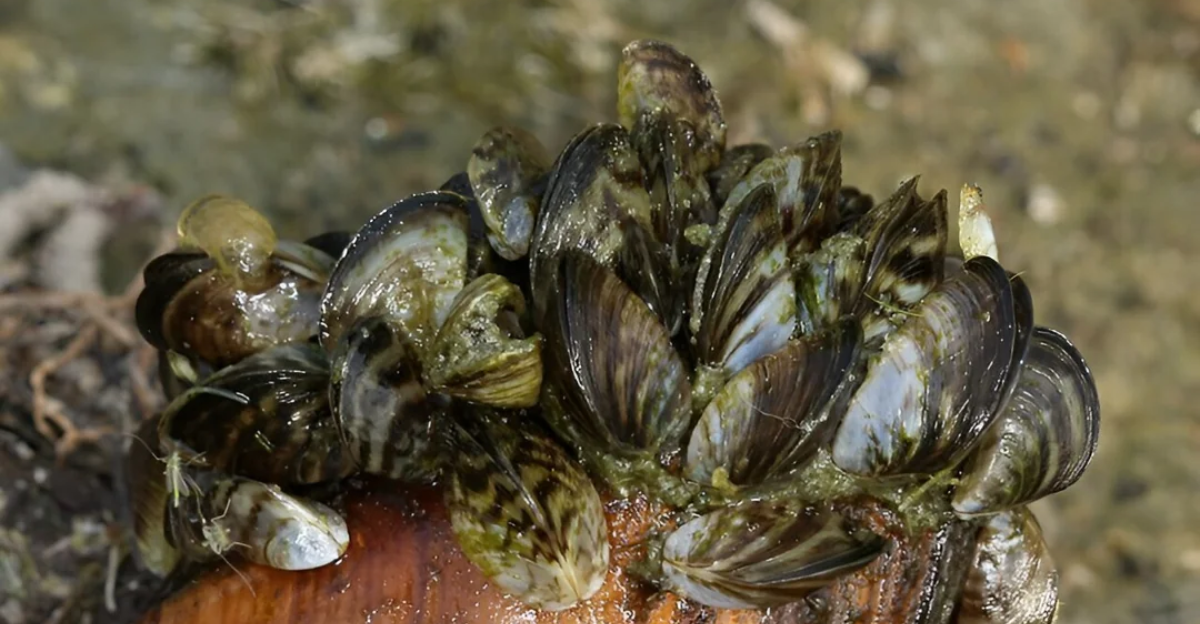
Invasive aquatic and terrestrial species have wreaked havoc on U.S. lakes and rivers. Zebra mussels, Asian carp, and the sea lamprey are prime examples of invaders that have displaced native species. Zebra mussels, for instance, filter large quantities of water, disrupting food chains and depriving native fish of the nutrients they need.
The Asian carp, known for its rapid reproduction, competes for resources with native fish and has altered entire ecosystems in lakes like the Mississippi River. Managing these species is a key focus of many restoration programs.
Climate Change and Rising Water Temperatures
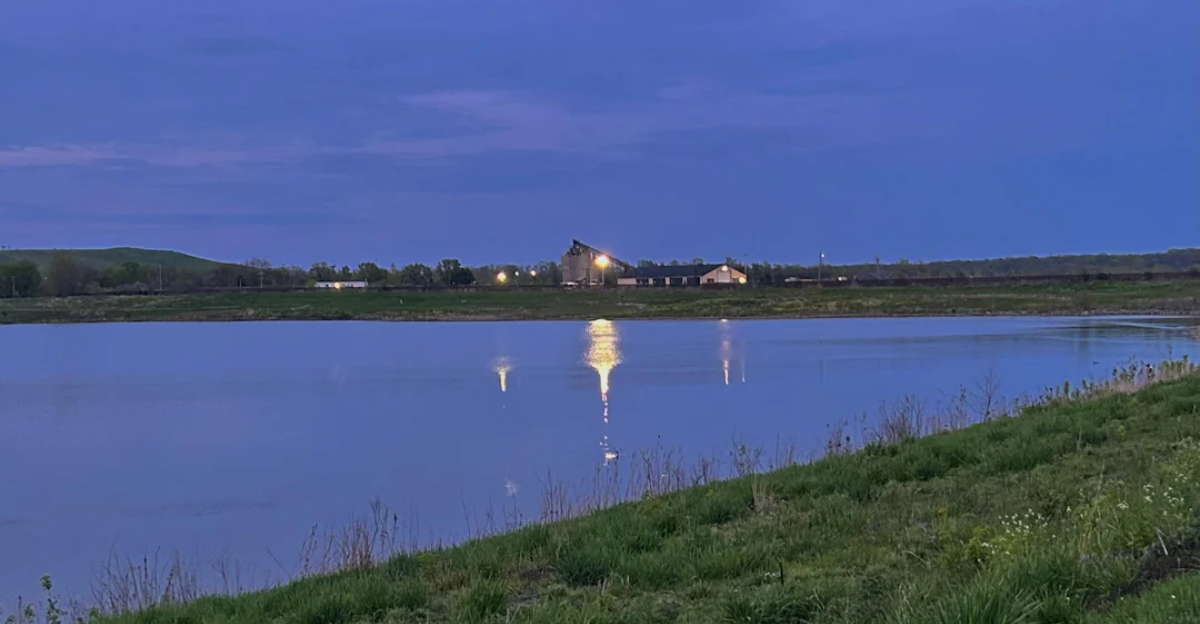
Rising water temperatures due to climate change have shifted fish populations and migration patterns. Species that once thrived in calmer waters are being pushed out as lakes warm up. Warmer temperatures also contribute to the spread of invasive species, which are often more resilient to climate change.
Additionally, the altered thermal structure of lakes impacts fish reproduction and feeding cycles, disrupting food availability for both fish and humans. Adaptation strategies, such as restocking efforts, have been implemented, but the long-term effects remain uncertain.
Overfishing: A Historical Problem with Lingering Effects
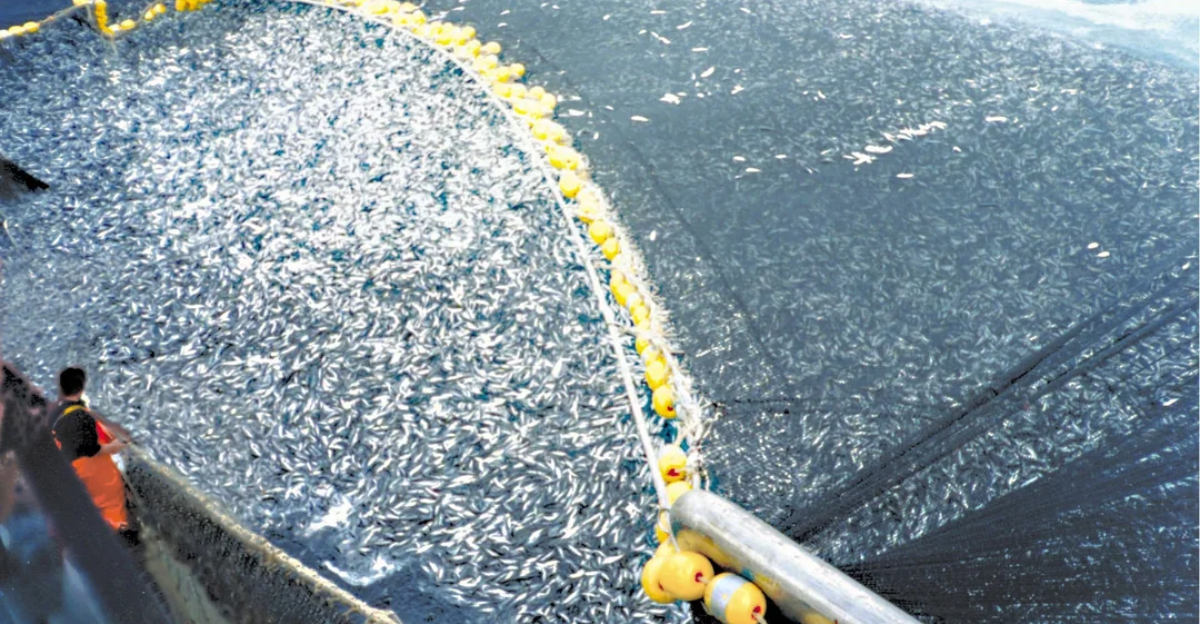
Overfishing has long been a concern for many U.S. lakes. In lakes like Lake Michigan, overfishing, coupled with habitat loss, has significantly depleted native fish populations. While modern regulations have aimed to curb this, the impacts of past overfishing are still felt today.
Fish populations are slowly recovering, and some species, like the lake trout, may never fully return to their former numbers. The balance between sustainable fishing practices and maintaining ecological health continues to be a delicate one.
Lake Tahoe: A Case Study of Declining Fish Populations
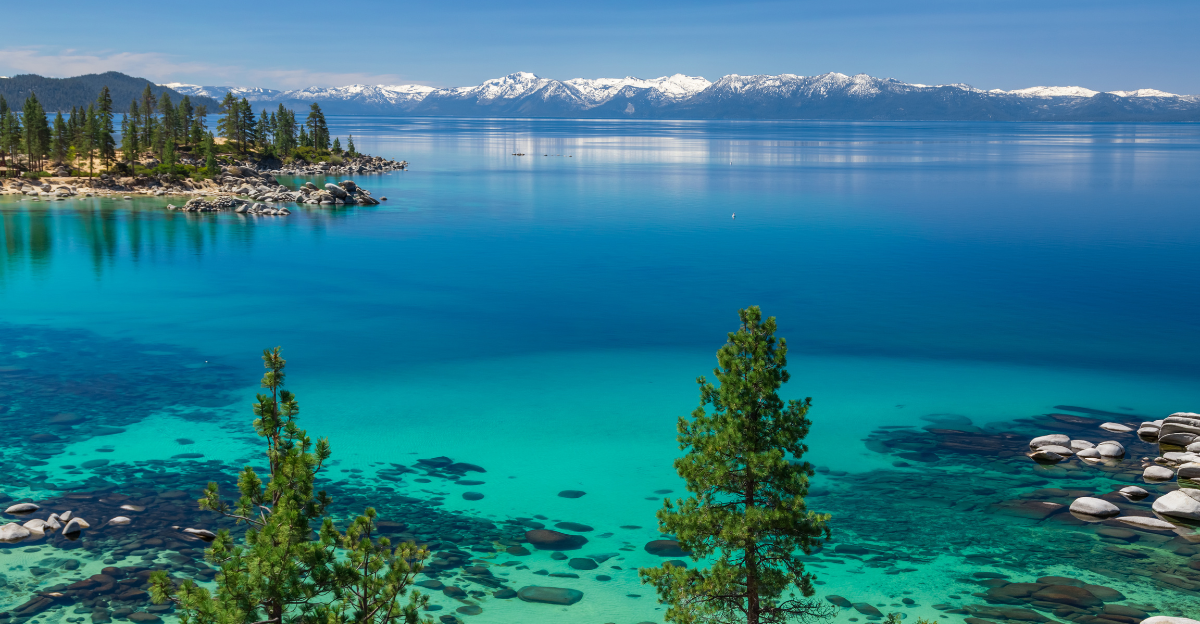
Lake Tahoe, renowned for its clarity and pristine environment, also struggles with declining fish populations. Once home to native species like the Lahontan cutthroat trout, invasive species such as the non-native bass have severely impacted the lake’s ecosystem. These invaders outcompete native fish for food and space, leading to population declines.
Climate change, human-induced pollutants, and nutrient runoff have compounded the issue, making fish recovery in Lake Tahoe more difficult. Local conservation efforts are underway to restore native species.
Efforts to Reverse the Decline: Restocking and Habitat Restoration
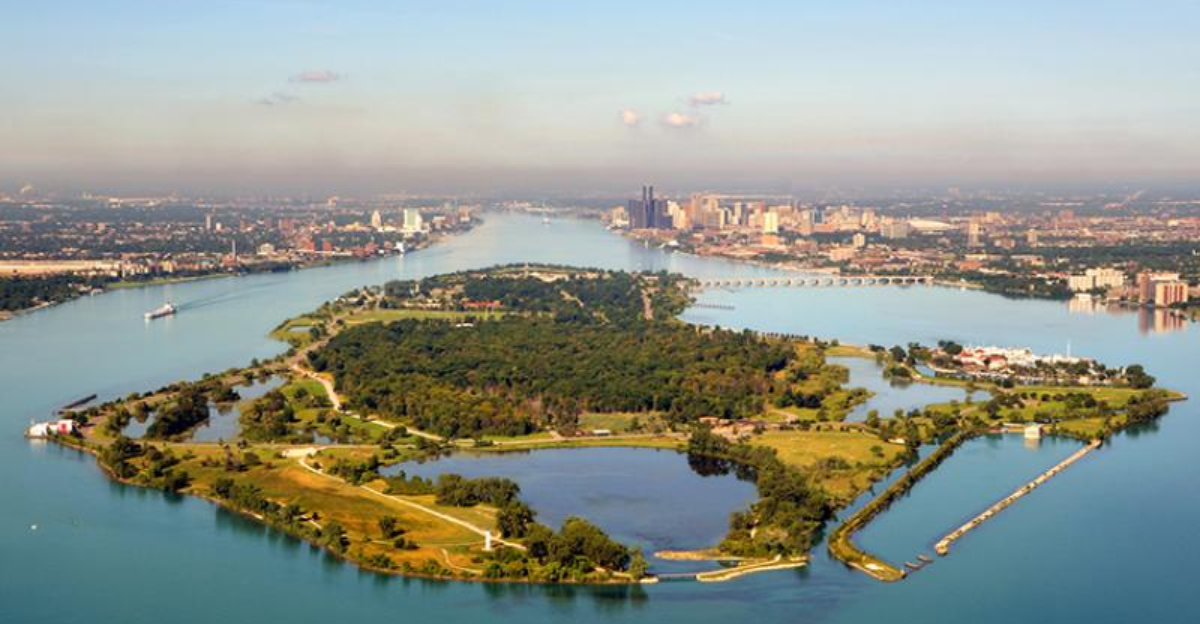
In response to U.S. lakes’ challenges, many states and local organizations have turned to restocking programs to replenish fish populations. These efforts and habitat restoration projects aim to rebuild fish populations and restore ecological balance. In Lake Michigan, for example, the stocking of native fish species like the lake trout has been successful in boosting numbers, although much work remains.
Restoration projects often focus on removing invasive species, improving water quality, and providing protected spawning habitats to ensure future sustainability.
The Economic Impact: Fishing, Tourism, and Local Communities
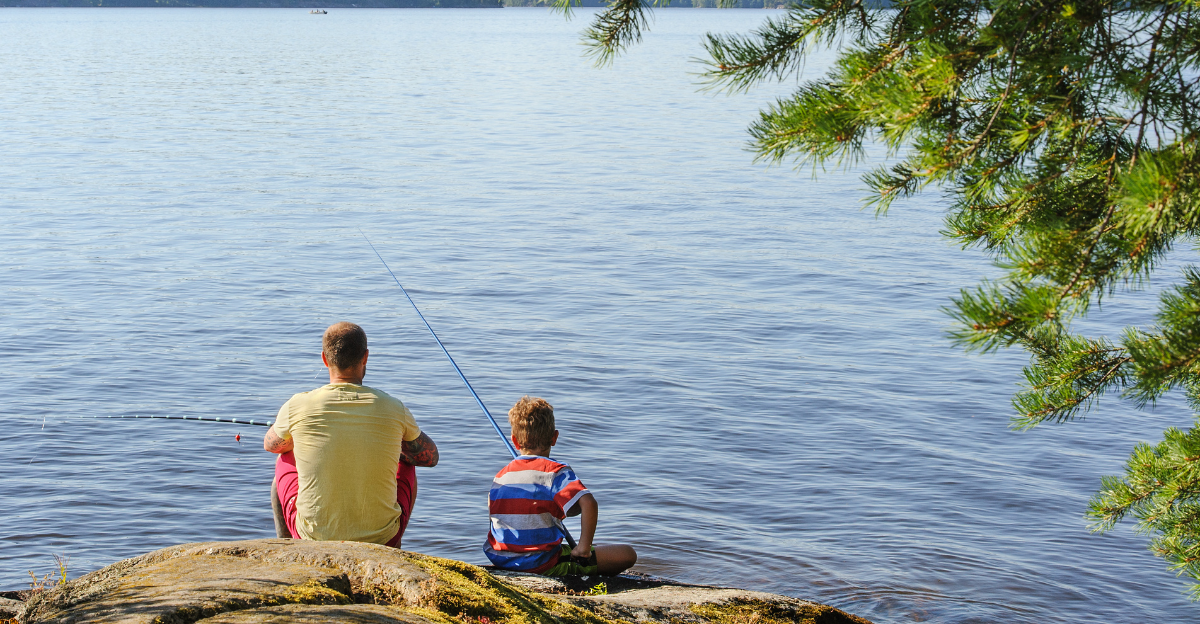
The decline of fish populations in U.S. lakes has significant economic implications. Lakes that were once hubs for recreational fishing now see fewer anglers, affecting local businesses dependent on tourism.
The commercial and recreational fishing industry is estimated to be worth billions of dollars annually, and the health of lake ecosystems is vital for its continued success. Efforts to restore fish populations aim to improve biodiversity and help maintain a sustainable economic base for local communities.
Moving Forward: Collaborative Solutions for the Future
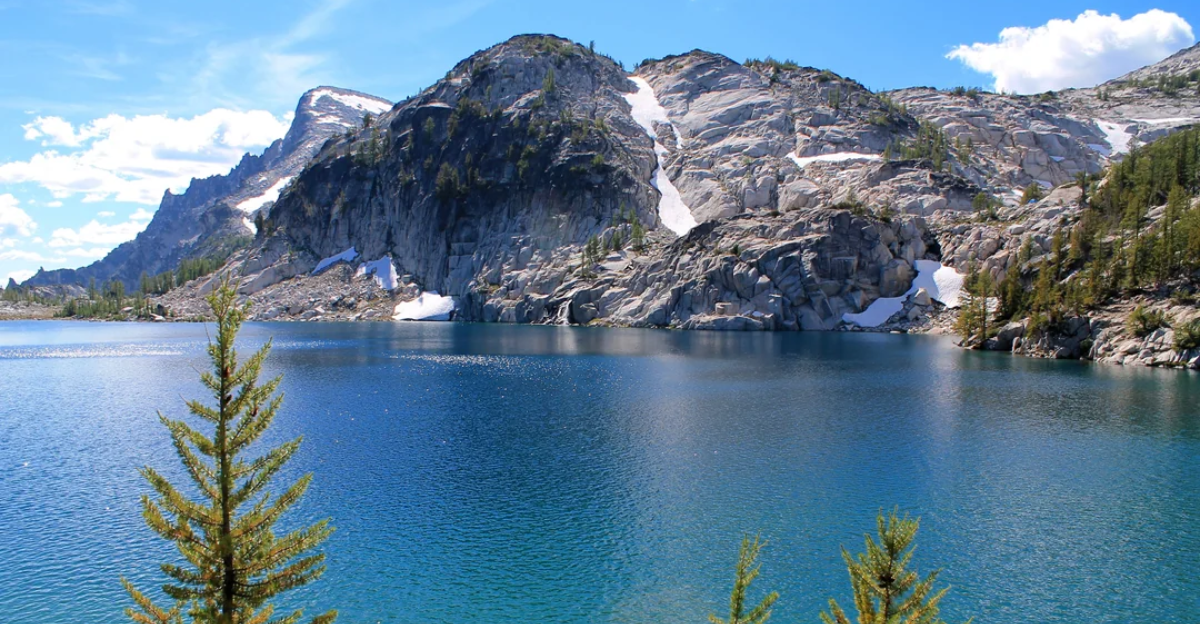
Addressing the challenges faced by U.S. lakes requires a multifaceted approach that brings together stakeholders from all sectors. Government agencies, local communities, environmental organizations, and scientists must work together to implement policies and strategies that balance the ecosystem’s needs with human activity.
Collaborative efforts focused on sustainable fishing, habitat restoration, pollution control, and climate adaptation are essential for ensuring the health of U.S. lakes in the coming decades. Only by working together can we hope to reverse the damage and safeguard these vital ecosystems for future generations.
Explore more of our trending stories and hit Follow to keep them coming to your feed!

Don’t miss out on more stories like this! Hit the Follow button at the top of this article to stay updated with the latest news. Share your thoughts in the comments—we’d love to hear from you!







